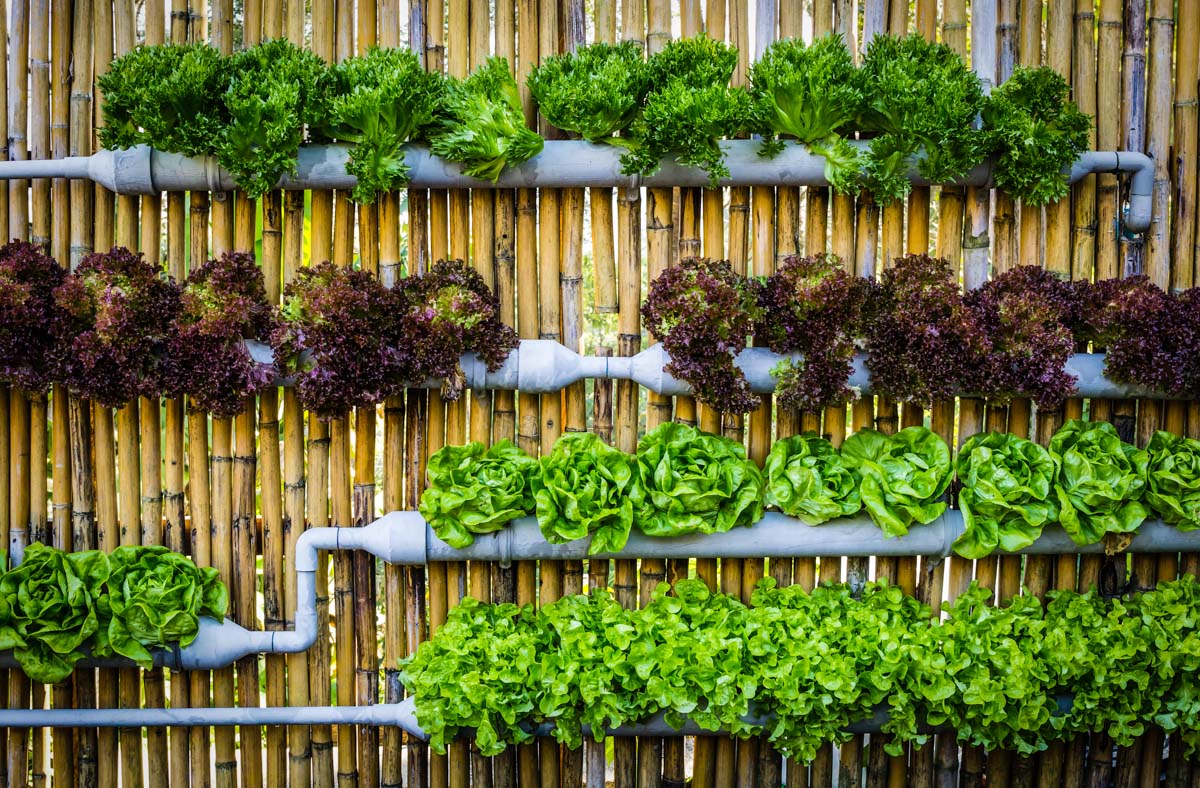BY: KATY WILLIS
For many, the term “urban living” or “city living” means cramped living environments, no urban gardens, pollution, grim, grey, ugly exteriors, and concrete and glass as far as the eye can see. These people assume – including many people who live in the “urban jungle” – that living in a built-up area means having to forego the pleasure of seeing and growing flowers, plants, fruit, and vegetables.
However, this isn’t the case. Anybody can have their very own green space and can participate in the pleasure of growing and harvesting their own food, and benefit from the self-sufficiency and superior nutrition. It’s simply a case of making the most of the space you have.
Look up. Build yourself a vertical wall of bounty.
What can you grow in a vertical garden?

As for fruit and vegetables, you can opt to grow pockets of herbs to liven up your culinary endeavours, along with salad vegetables— lettuce, trailing cucumbers, tumbling tomatoes, onions, radishes, and sweet bell peppers. Strawberries naturally do very well and with the proper support you can even try your hand at smaller trailing pumpkins and squashes. Bush beans and pole beans are also great choices for your vertical garden.
Where can you build a vertical garden?

For a quick and easy build, take a large piece of MDF (medium density fibreboard) that fits neatly in your available space. Then, create pockets of hessian or tough pond liner and staple them firmly to the MDF board. Make sure you leave enough space between each pocket for your plants to grow to their full size. Mount your vertical garden to a wall in a sunny position, fill each pocket with soil, and get planting. If you use pond liner, remember to pierce small holes in the bottom to allow for proper drainage.
For those who appreciate fashion over function, grow a vertical wall of living art using succulents and creative frame design using timber and wire mesh. Remember to leave the succulents a few days to callus-over before transplanting them into your box and mounting the box on your wall.
How do you maintain a vertical garden?

Living in the city does not necessarily mean being estranged from nature. Bring a little slice of paradise to your city space by adding a little green to an otherwise grey backdrop.



